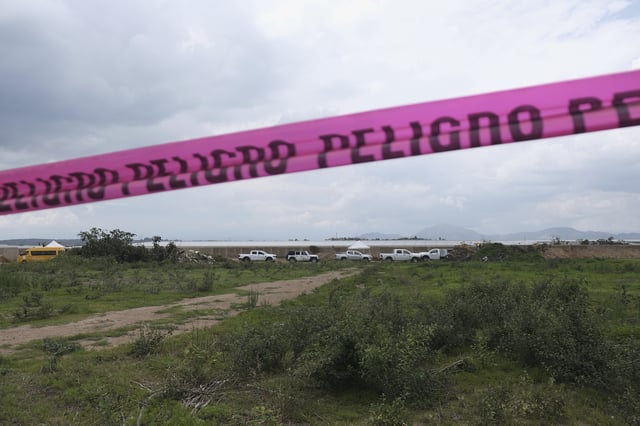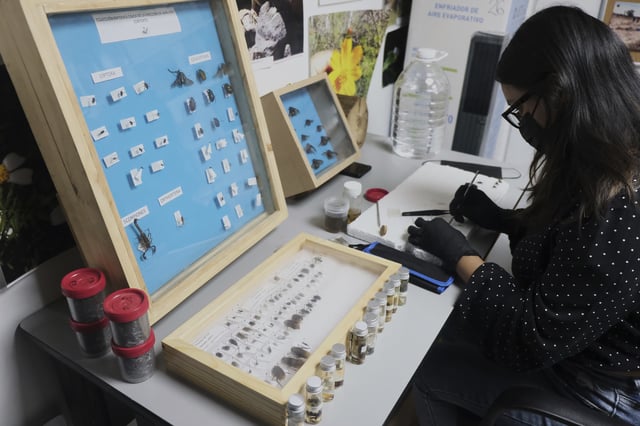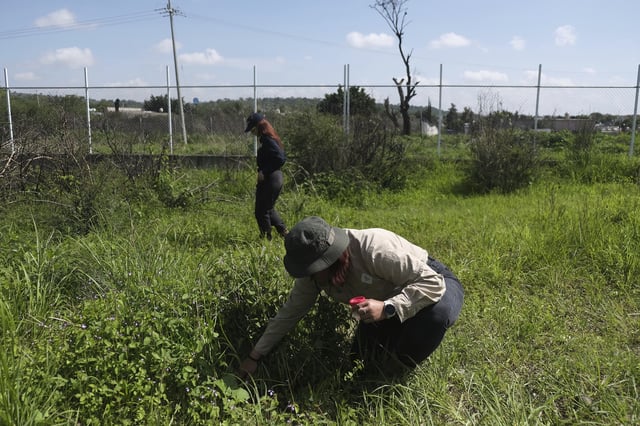Overview
- The 2023 mapping project brings together Guadalajara University, the National Autonomous University of Mexico, the University of Oxford and the Jalisco Search Commission.
- The Jalisco Search Commission has begun using thermal drones, laser scanners and multispectral cameras in active family-led searches for clandestine graves.
- Pig-proxy experiments are calibrating hyperspectral imagery, ground-penetrating radar and chemical sensors against known decomposition patterns to refine detection capabilities.
- Relatives of the missing use indicators such as plant growth and soil disturbances to locate graves, reflecting that about 90 percent of recoveries rely on witness testimony and manual excavation.
- Scientists say full validation and clarity on optimal use conditions for the combined methods may take three years as they seek to address more than 130,000 disappearances.



